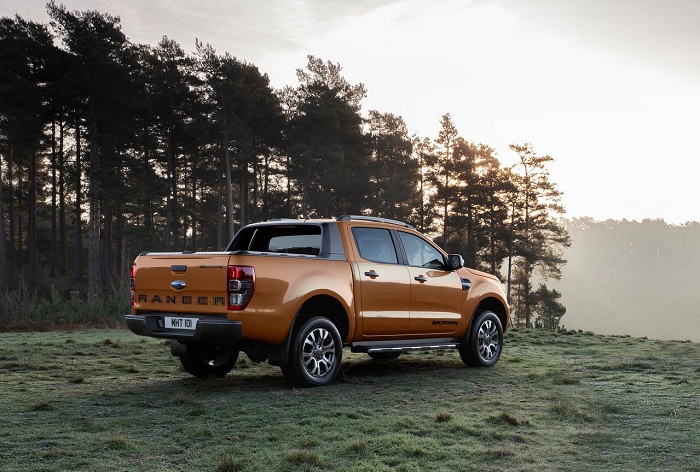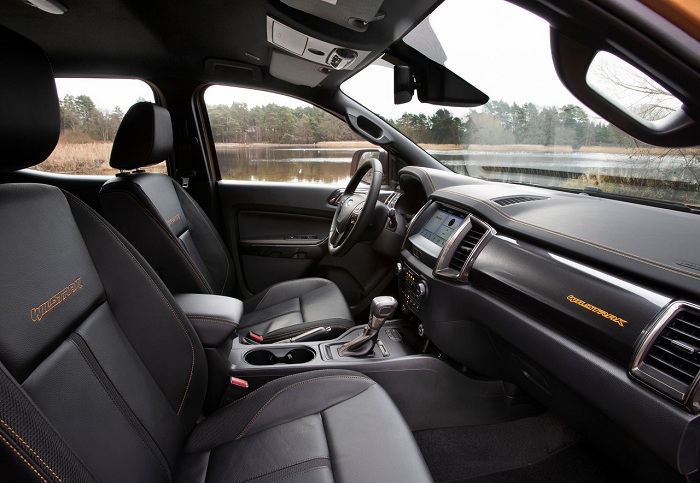Like the facelift model already on sale in Australia, and set to be built at the Blue Oval’s Silverton Plant near Pretoria for the local market, the updates applied and minor and consist of new headlights with integrated daytime running LEDs, restyled front bumper and grille, new door handles and fog lamps, two new colours; Diffused Silver and Lighting Blue and for the top-spec Wildtrak, a titanium-like finish on the grille, mirrors, side vents and door handles, and a new Saber Orange hue.
Inside, the changes are even more minimal with an Ebony Black material finish, black leather seats for the Limited model, and dark-satin chrome as well as gloss detailing and partial leather seats for the Wildtrak.

With availability in regular, super and double cab bodystyles, Ford has also upped the Ranger’s safety sheet to include Pre-Collision Assist with Pedestrian Detection, Speed Limiter with Traffic Sign Recognition, Adaptive Cruise Control, Lane Keeping Alert, Electronic Stability Control with Rollover Mitigation, Lane Keeping Assist, front and parking sensors and a reverse camera.
Fitted with upgraded springs and dampers, well as Ford’s SYNC 3 system integrated into an eight-inch touchscreen infotainment system with Apple CarPlay, Android Auto and Wi-Fi connectivity for up to 10 devices, the biggest change resides underneath the bonnet where Ford has done away completely with the stalwart 2.2-litre four-cylinder and 3.2-litre five-cylinder TDCi engines.

Like the Transit Custom and Tourneo, all Rangers sold on the Old Continent are outfitted with Ford’s new 2.0 EcoBlue turbodiesel in three states of tune; a single turbo with 96kW/340Nm and 125kW/420Nm and the same bi-turbo setup with 157kW/500Nm as the Ranger Raptor. While the six-speed manual is retained, the latter mills can be equipped with the 10-speed automatic gearbox co-developed with General Motors, which already used by the Raptor, Mustang, Everest and the US-spec Ranger.
At present its remains unknown as to whether Ford South Africa will keep the 2.2 and 3.2-litre motors like its Australian division has done, but given that the EcoBlue has been introduced to meet stringent European emissions regulations, chances are that the former pair will remain in Europe whereas the latter will be made at Ford’s Struandale Plant near Port Elizabeth for use in the Raptor.
















